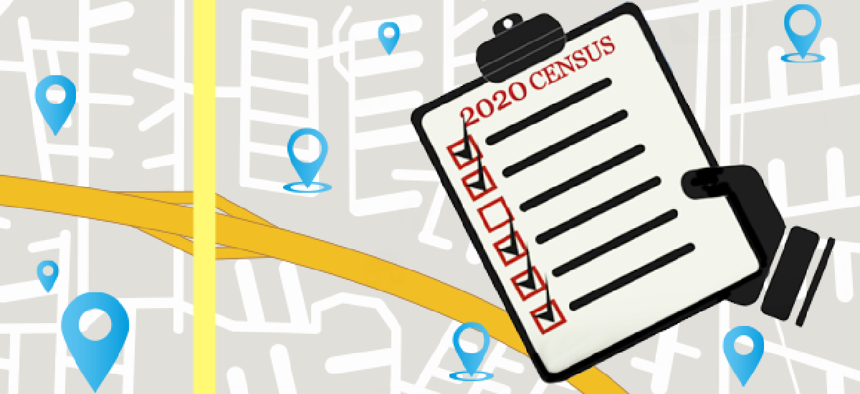How tech can save money for 2020 census


Connecting state and local government leaders
The Census Bureau plans to use outside data sources, mobile devices and an online census form, but researchers are finding other sources of population data that may also help cut costs.
The U.S. Census, taken every 10 years, provides a wealth of material to government, businesses and individuals. The cost and complexity of collecting all that data, however, is significant.
This time around, the Census Bureau expects new technology can help it save $5 billion in the 2020 population count. The Bureau will cut costs by using outside data sources, mobile devices for neighborhood enumerators and an online option for survey respondents, according to the 2020 Census operational plan.
Census estimates it can save about $1.4 billion dollars by using household data already existing in administrative records -- from the IRS, the Social Security Administration and state agencies. This data can improve the quality of the address list, increase the effectiveness of contact strategies, validate respondent submissions and reduce the follow up with those who have not responded or who were missed by the mailings. The data also can help identify vacant housing units and predict when to visit a household to get responses.
Other savings will come from:
- Using GPS and aerial imagery instead of sending Census employees to walk and physically check 11 million census blocks.
- Allowing respondents to submit forms via the Internet, reducing the need for more expensive paper data capture. (The bureau anticipates that 55 percent of respondents will key in data over the Internet.)
- Allowing canvassers to use mobile devices to enter information.
- Utilizing a virtual infrastructure for field staff.
Other creative population data sources include Oak Ridge National Laboratory’s LandScan database and Google Street View.
Interns from Roane State Community College are working with Oak Ridge scientists to fine-tune human settlement data using very high resolution satellite images. They compare satellite images and settlement maps to enhance the lab’s LandScan population distribution database, according to Oak Ridge officials.
LandScan uses GIS, remote sensing technology and image analysis software to create highly accurate population data for both nighttime and daytime population distributions. More spatially refined than census data, it also includes demographic attributes such as age, sex and race.
Further, Census reports aren’t always accurate, especially in rural or unincorporated communities, so the interns work with the satellite maps and the technology, to ‘teach’ the program to better identify settlements in remote areas. LandScan data currently is used for risk assessment and impact modeling by a variety of U.S. agencies and international relief organizations.
Homing in on population demographics, images from Google Street View might provide an alternative way of predicting household income in urban area, according to a new National Bureau of Economic Research paper.
In the paper, Ed Glaeser, Scott Kominers, Michael Luca, and Nikhil Naik explain how they trained a computer to spot patterns in New York and Boston city blocks. Using an algorithm to map the relationship between visual elements and income, the computer was then fed Street View images from New York and Boston that it hadn’t seen.
“The computer-vision algorithm explains 77 percent of the variation in income at the block-group level, while race and education combined predict only 25 percent, which means that the visual appearance of street blocks is able to predict income better than education and race,” Naik told The Atlantic.
Unsurprisingly, the Census Bureau’s anticipated savings from using technology aren’t yet guaranteed. And unlike many projects, the census tech refresh has a firm deadline, which has some officials concerned. “The Bureau has not yet made decisions about the projected demand that the IT infrastructure would need to meet or whether it will build or buy the needed systems,” the Government Accountability Office noted in a Nov. 3 report. “With the deferral of key IT-related decisions, the Bureau is running out of time to develop, acquire and implement the systems it will need to deliver the redesign and achieve its projected $5.2 billion in cost savings.”
NEXT STORY: Agency dashboards added to analytics.usa.gov




